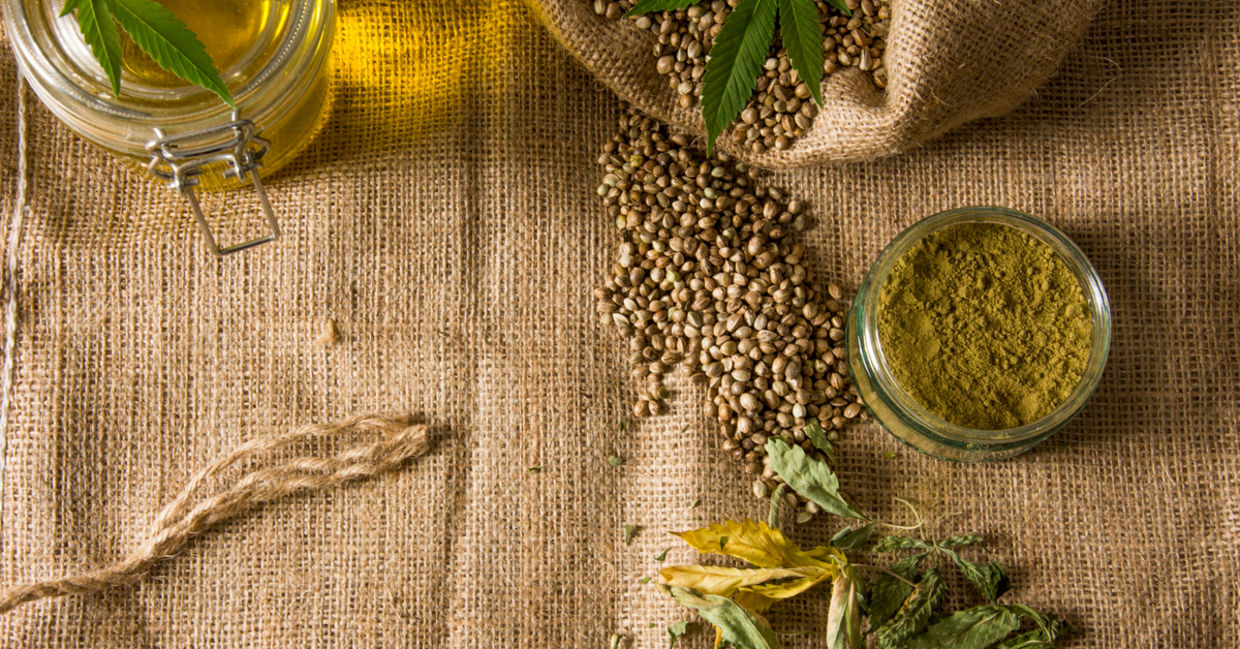
(Zoe Lyons / Shutterstock.com)
Not to be confused with its cousin, marijuana, hemp does not create a high sensation as it only has minimal traces of the psychoactive compound THC. Nevertheless, In the 1970’s it was needlessly made illegal as a part of the war on drugs.
This new bill—which reinstates hemp as an agricultural commodity—will, without a doubt, bring immense change to farmers. And as a result, to the economy, and the planet. Plus, because hemp can improve a wide range of products, it has the potential to spur a new wave of innovation.
So why is this plant so good for farmers?
First of all, hemp is easy and inexpensive to grow. It can be planted in poor and arid soil and grows tightly packed—meaning, much less weeding is needed. (And if you’ve ever weeded before, you know that less weeding is a godsend.) It also requires much less pesticide, fertilizer, and water.
Additionally, hemp can be planted in every U.S. state, including those in dry and arid regions.
Here’s the kicker: not only is it easy to grow and cheaper to produce, but it can drastically improve products in the automobile, construction, fashion, and cosmetics industries, to name a few.
This is partially because hemp fibers are durable, lightweight, insulating, and biodegradable.
Hemp seeds are also remarkably nutritious and are packed with brain and heart-strengthening vitamins and minerals.
Other surprising products that can be made with hemp include beer, plant-based milk, protein powders, sunscreen, diapers, and even biofuel! Hemp plants have also been proven to remove toxins from the environment.
CBD oil, known for its health benefits, is another hemp product that has incredible application and immense economic potential. Research suggests that farmers who grow hemp for CBD oil can generate $60,000 per acre versus $600 per acre from corn.
The global hemp market is expected to reach over $10 billion by 2025.
And now that the United States is growing this super-crop, the $100 million that was spent importing hemp will, instead, go to American farmers and American businesses.
Beginning in 8000 BCE, hemp was used for pottery and clothing, and its seeds were ground up for nutritional purposes.
In 1776, Thomas Jefferson drafted the Declaration of Independence on hemp paper.
And in WWII, planting hemp was encouraged by the US government for rope production.
Hopefully, the 2018 Farm Bill will usher in a new era of agricultural production, entrepreneurship, and sustainable manufacturing.
Let’s keep this plant alive and discover what other game-changing uses it can yield.
YOU MIGHT ALSO LIKE:
23 Surefire Signs That You’re a Treehugger
7 Unexpected Uses for Hemp You Never Knew About Before
Reclaimed Materials Turned into Treasures







